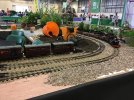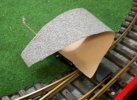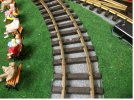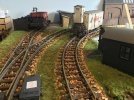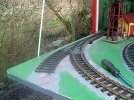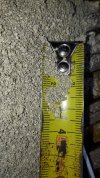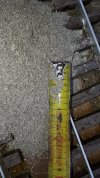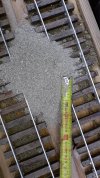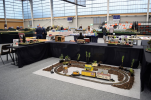FatherMcD
Registered
I have certainly enjoyed the pictures of the Peterborough show. But, it has raised a question about the ballast used. I noted that some modules seemed to have loose laid gravel, others fastened down gravel and some seemed to used something like ground cork? for a portable layout, weight would seem to be a major concern. Would anyone care to comment on their recommendations for ballast on portable modules from observation or their experience.

